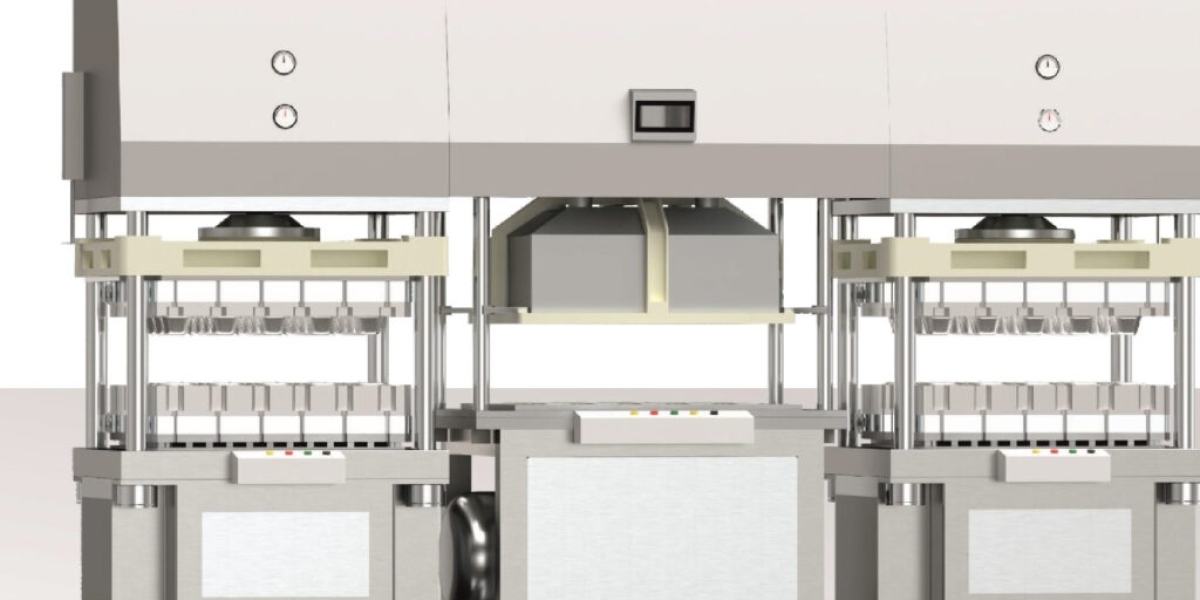Tableware, often referred to as dinnerware or dining sets, is an essential component of any dining experience. Beyond its functional role, tableware has evolved into an art form that reflects cultural traditions, personal style, and a keen sense of aesthetics. In this blog, we will explore the world of tableware, its various components, historical significance, and the ways it enhances our dining rituals.
Understanding Tableware:
Tableware encompasses a range of items used for serving and eating meals. These include dinner plates, salad plates, bowls, cups, saucers, and various utensils such as forks, knives, and spoons. Each piece has a specific purpose and contributes to the overall dining experience.
Historical Context:
The history of tableware dates back centuries, with different cultures contributing to its evolution. From ancient civilizations using ornate vessels to modern designs inspired by minimalist aesthetics, tableware reflects the artistic and social trends of its time.
Materials and Craftsmanship:
Tableware is crafted from diverse materials such as ceramic, porcelain, bone china, glass, and stainless steel. The choice of material influences the appearance, durability, and even the taste of the food served.
Form and Function:
Beyond aesthetics, tableware is designed with functionality in mind. Plates have specific shapes for different courses, while utensils are crafted to facilitate proper dining etiquette and ease of use.
Cultural Significance:
Tableware often holds cultural and symbolic importance. Traditional patterns and designs can evoke a sense of nostalgia and heritage, making meals a means of connecting with one's roots.
Formal vs. Casual Settings:
Tableware can be categorized into formal and casual sets, each designed for different occasions. Formal tableware is elaborate and often reserved for special events, while casual sets offer versatility for everyday use.
Tablescaping and Presentation:
Tableware is an integral part of tablescaping—the art of arranging tabletop elements for visual appeal. Creative arrangements of tableware, linens, and decorations set the ambiance for a meal and enhance the overall dining experience.
Modern Trends and Innovations:
Contemporary tableware designs embrace modern aesthetics, minimalism, and sustainable materials. Innovative features such as stackable and space-saving designs cater to evolving lifestyles.
Collecting and Antiques:
Tableware enthusiasts often collect vintage and antique pieces, appreciating the craftsmanship and historical significance. Antique tableware can offer a glimpse into the past and add a touch of elegance to modern dining.
Personal Expression and Connection:
Choosing tableware is a way to express personal style and create a sense of connection during meals. The carefully selected pieces can enhance the pleasure of dining and elevate everyday moments into cherished memories.
Conclusion:
Tableware is more than just a collection of plates and utensils—it's an embodiment of culture, style, and the art of hospitality. From its historical origins to its modern interpretations, tableware plays a pivotal role in elevating the dining experience, making each meal an opportunity for connection, celebration, and sensory delight. Whether it's a simple family dinner or an elaborate soirée, the choice of tableware adds a touch of elegance and individuality to every occasion.
also see:
Sugarcane Bagasse Pulp Moulding Machine



